Week Nine: October 20-26
Monday was rather exciting - the whole WEC class came with us for the field portion of our salamander gathering. It was definitely interesting, having all 27 of them tagging along. But it was nice overall! Getting to talk about our work and answer their questions was a lot of fun, and the group that's working on the Shenandoah salamander for their monitoring plan was able to schedule a trip to see the current Shenandoah salamander monitoring work at SNP with Brian. We also got roped into making 18 more mesocosms, starting next week. At least Brian will be bringing his industrial sewing machine for that!
Tuesday was a trip to the Oak Spring Garden Foundation. They're an endowment-funded sustainable farm focused on crops, and they do a lot of really interesting work trying out sustainable ag practices. They've got a whole hand-scale veggie garden (no tractors at all!), multiple areas set aside for purely conservation purposes, native pollinator gardens, crop rotations, outreach programs to teach people about their work, and - most importantly - chickens. Okay, sure, maybe some of the other things are more cool, but getting to hold a very snuggly chicken was definitely the most memorable part! I never knew this place existed, so it was wonderful to learn about all of their community-building programs and how they use their land sustainably. Compared to the sort of farming I'm used to with my extended family up in PA, it was very different in scale and strategy, so I feel like I learned a lot!
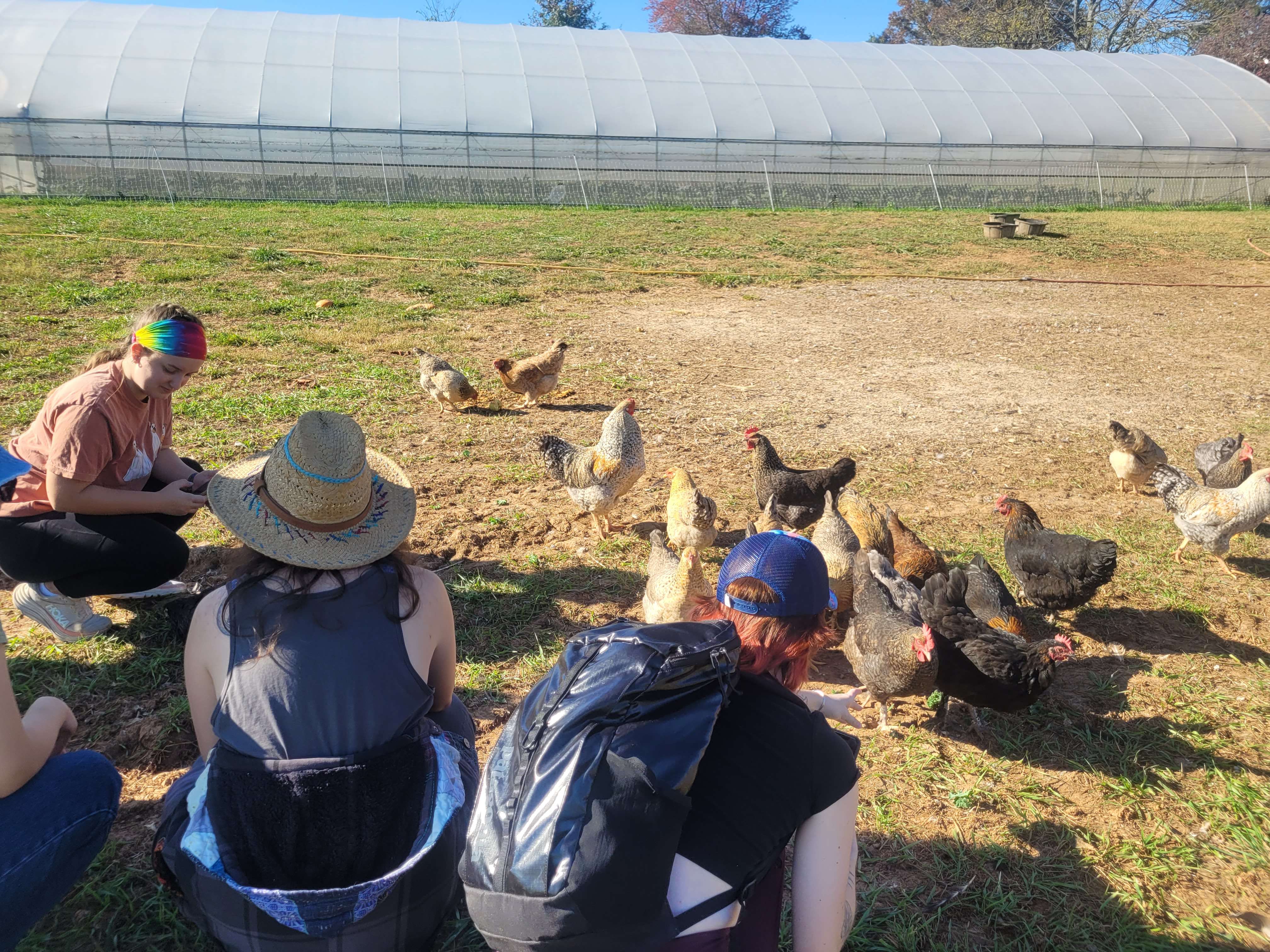
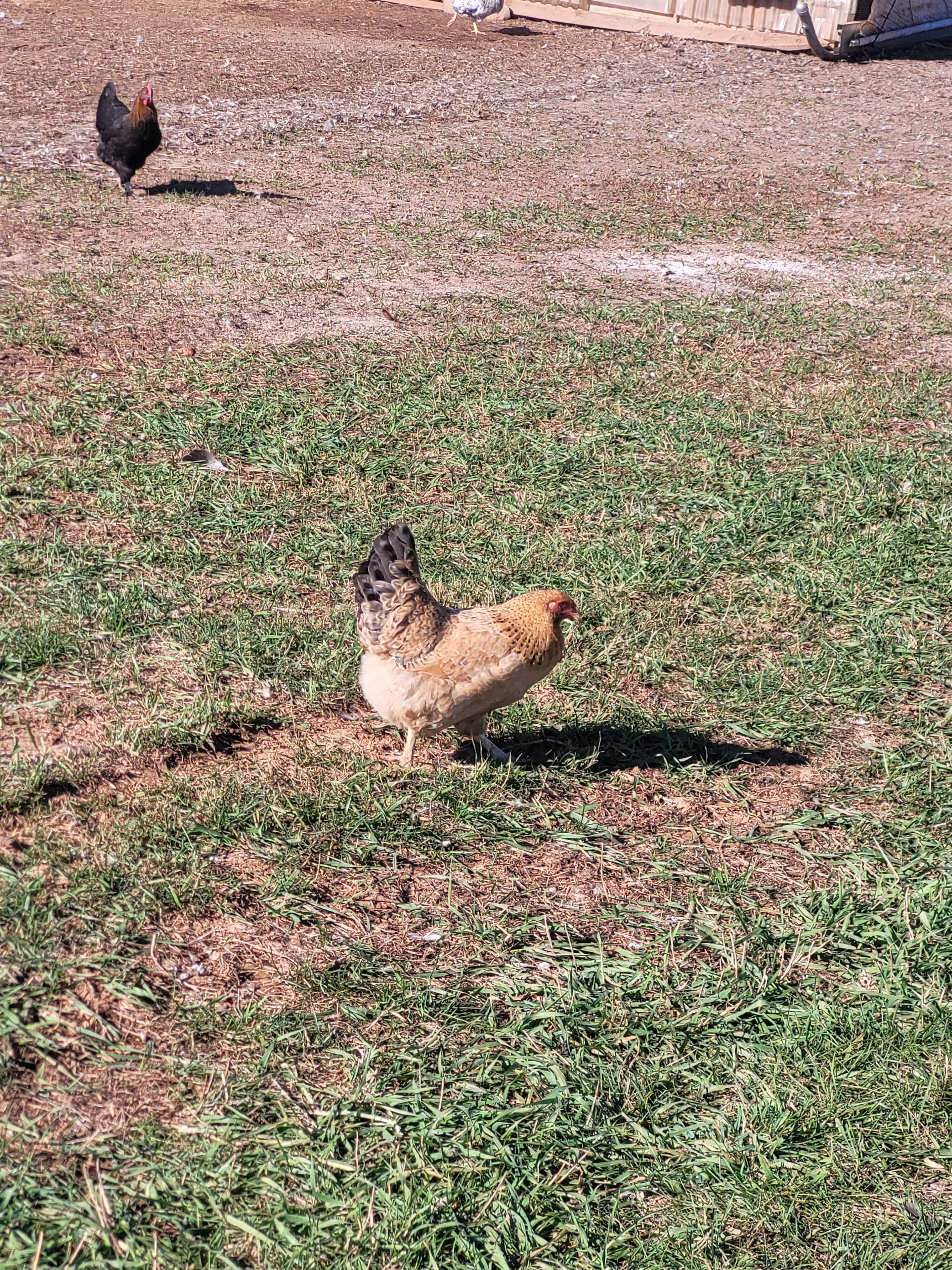
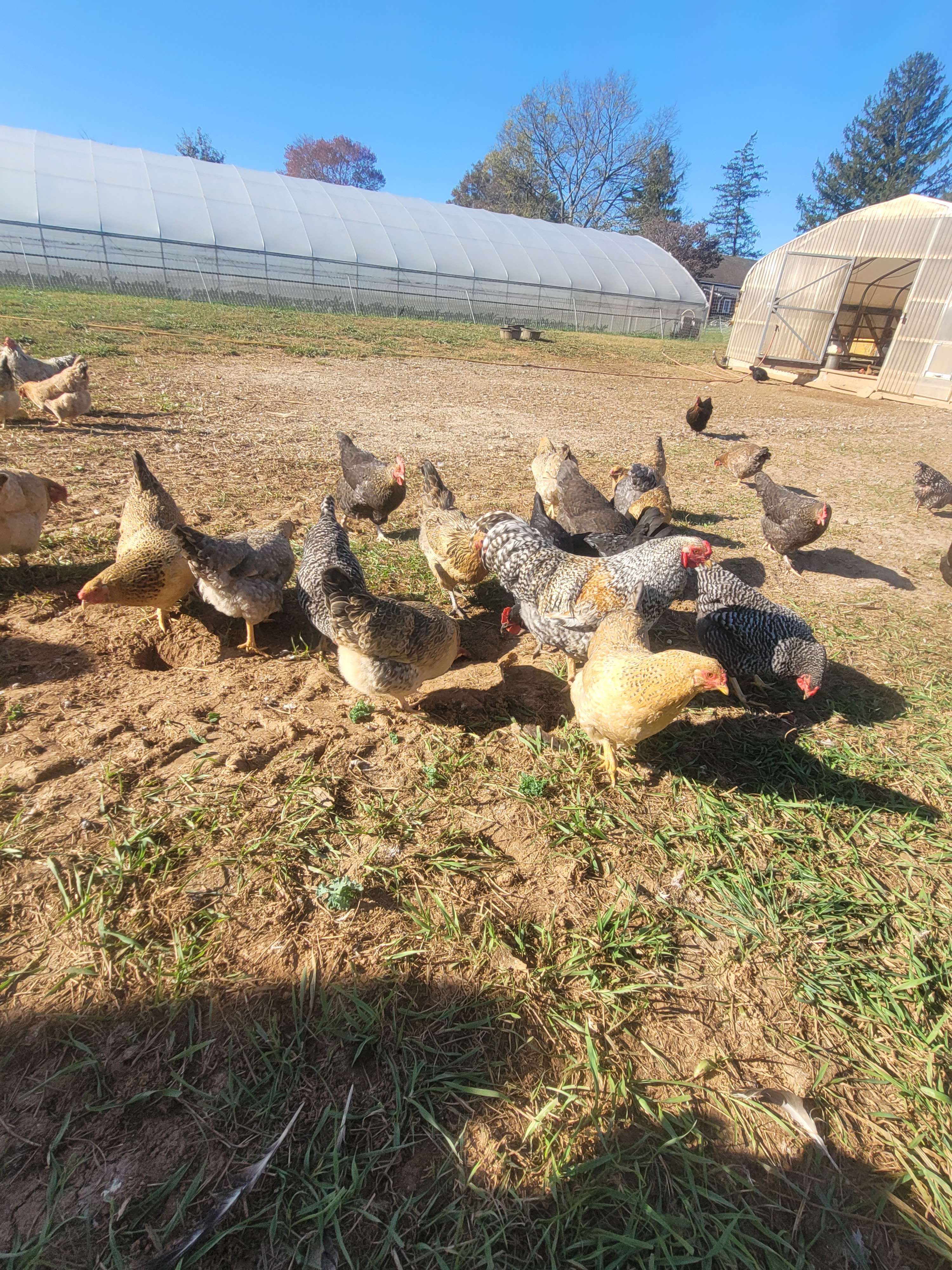
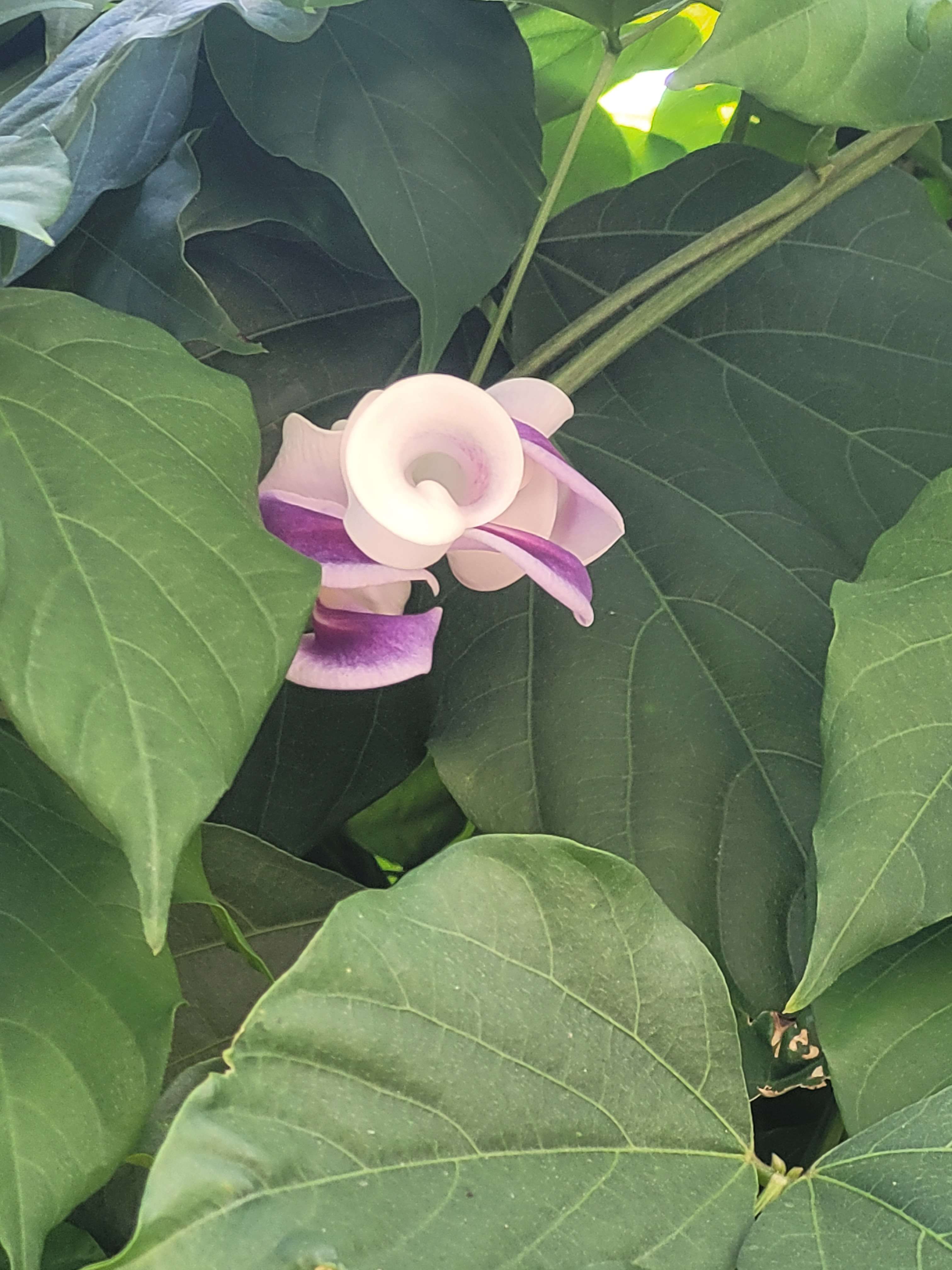
On Wednesday, we had our journal club about a pair of papers discussing sustainable land use. One of them was perfectly fine; it made some very solid points about the ecological importance of using both land sharing (ie, mixed-use agriculture land) and land sparing (dedicating some land for purely agricultural use, and some for purely conservation). The other article was more focused on the social and policy aspects of the same concept, but it was kneecapped by a really awkward bit in the conclusion: a paragraph on how human population reduction was also necessary as part of conservation, apropos nothing. It was rather jarring to notice when I was reading the paper initially, and it was a little difficult to talk about anything else at first when we started discussing it. From what Stephanie said, it was probably added in between initial revisions and publishing at the editor's behest, with very little additional oversight before it got sent out. Still, it was definitely a weird experience, and the rest of the paper was really altered by that.
Appropriately, after our very conflict-filled discussion, we met with Dr. Al Fuertes to learn about conflict resolution for the rest of the day. He's a professor at GMU who does a lot of in situ conflict resolution, including active war zones and post-genocide community reparations. He was incredible to learn from - all of his insights into how and why conflict occurs were on point, and he was super funny. One of the first things he talked about was how conservation isn't really about dealing with plants or animals, but about dealing with people and all their associated issues. He introduced us to the SPITCEROW framework for analyzing and learning about conflicts, and we also took a little quiz to learn about our own conflict approaches. I wasn't too surprised to see that it said I tend to collaborate, compromise, or avoid when dealing with conflict; if I can prioritize preserving a relationship, I tend to do that. I'm really excited for next week, since Dr. Fuertes will be coming back for another day on Wednesday!
After class, we had our photo essay showcase. I'm going to be totally honest, I don't think mine was as good as it could have been, but I'm also not very good at taking artsy photographs of things. Still, I think I had a pretty cohesive theme, focused on the integrations of fungi into their community and the interesting patterns/textures they can create. Some other people had truly Nat Geo level photos, though, especially the macro shots and some of the bird photos. I was really impressed by the sheer skill on display from my classmates!
Thursday was supposed to be our trip to Bean Hollow Farm to see a sustainably managed livestock farm, to compare and contrast to Oak Spring. Sadly, the man who runs it was sick with COVID, so we had to settle for a talk about sustainable agriculture and adaptive management. After that, Jim was nice enough to run a little game simulating a combination of management challenges and the SLOSS problem we discussed last week. It was a lot of fun to try and keep all my skidgets (aka tiny LEGO pieces on a bigger LEGO board) alive in the face of invasive plants, invasive flying death-horses, disease, poachers, and general terrible luck. Only one person made it out the other side with any skidgets remaining, and he only had 1! Apparently there's a more extensive, time-consuming variation on the game that goes more in depth, which I would be very interested to try at some point.
Friday was more talk about adaptive management, mostly through the lens of a case study about the northern bobwhite quail and its conservation. We got to learn about all the Open Standards for the Practice of Conservation and how to actually use them to analyze a situation and the threats at play. Our planning got a little bit murder-wall-y, but it was a lot of fun. We also got assigned our midterm, which will be due next Monday. I'm sure I'll do an okay job, but I can't help being a little nervous...
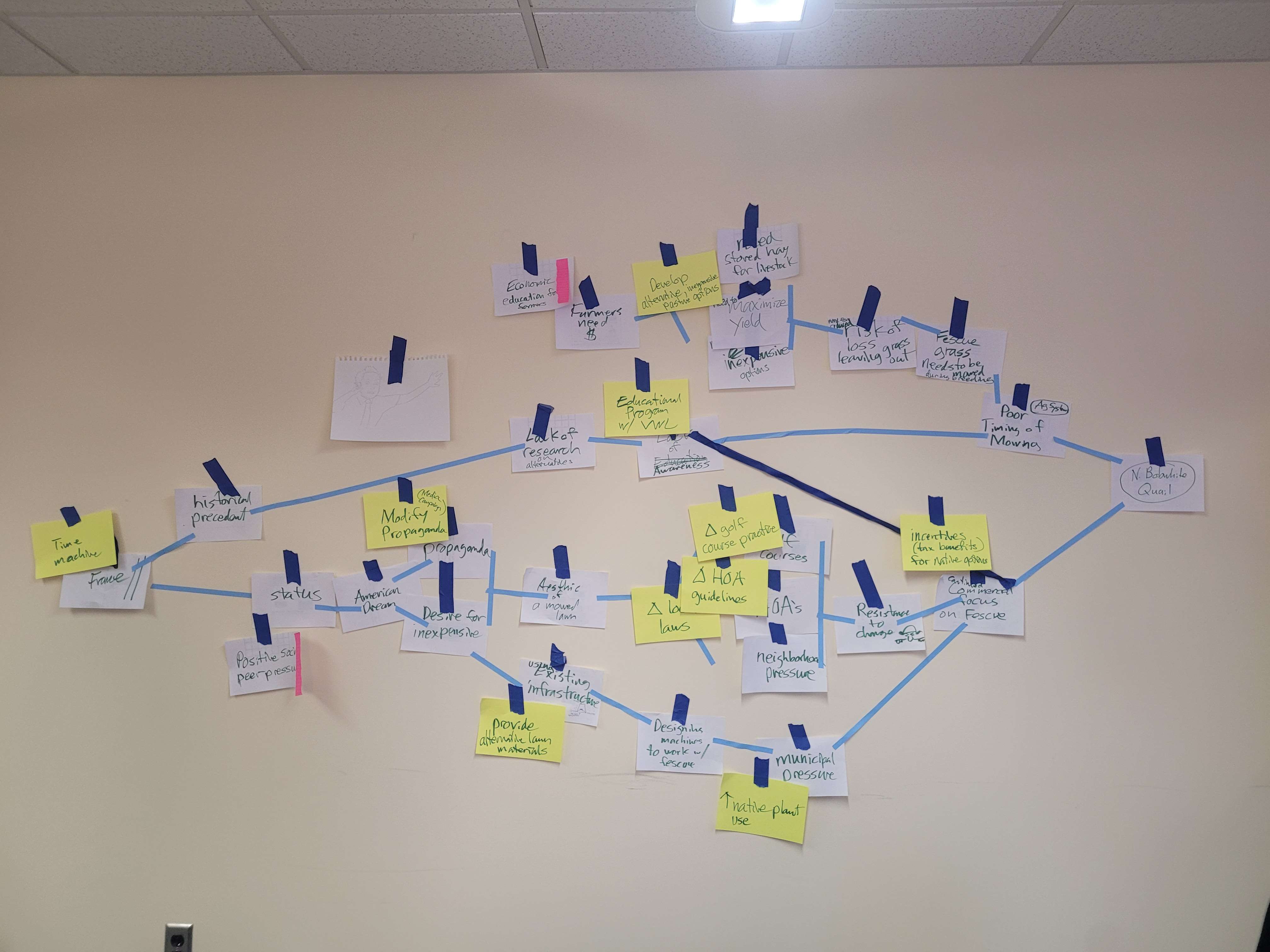
That evening was the alumni dinner, which was absolutely lovely. Getting to meet some former students from 5, 10, or even 15 years ago was so nice! I just hope that I can be that cool in a few years...